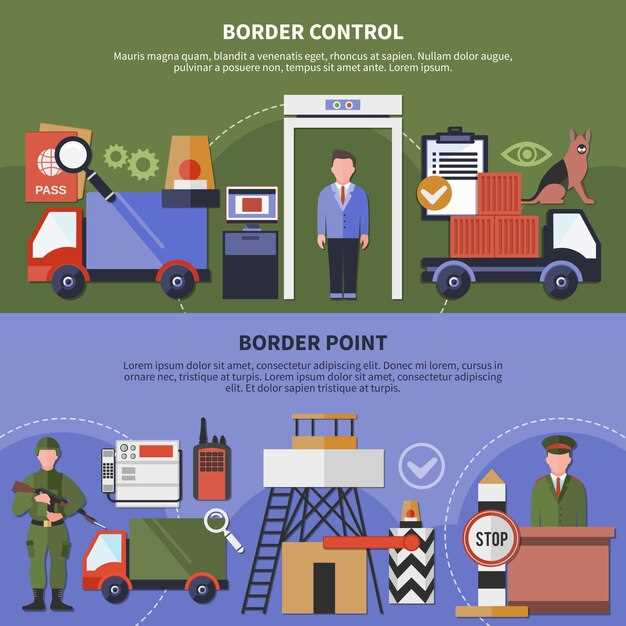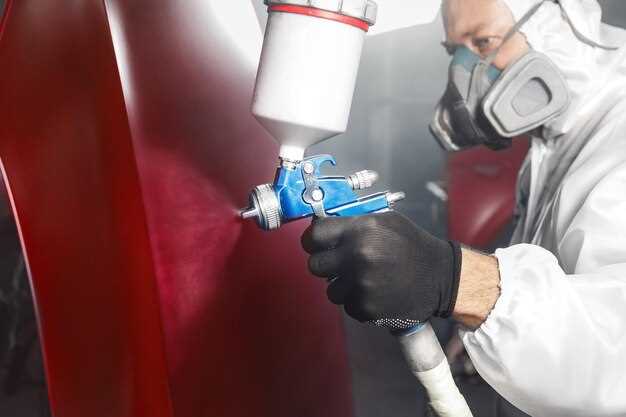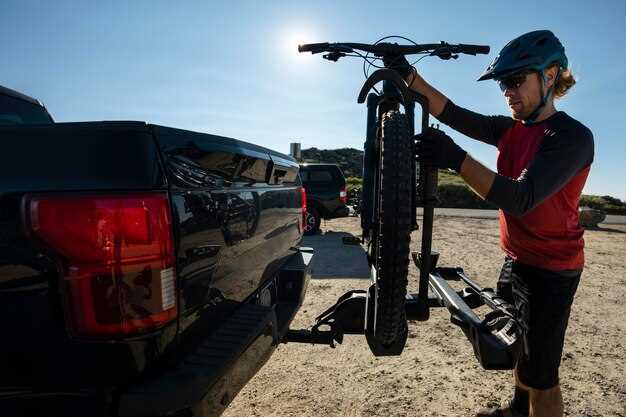
As the warm weather of spring approaches, many adventure enthusiasts are preparing to hit the open road with their trailers in tow. To ensure a safe and enjoyable travel experience, it’s crucial to perform a thorough service on your trailer. A well-maintained trailer not only enhances safety but also improves performance during your journeys.
Before embarking on your next adventure, it’s essential to check various components of your trailer. Spring maintenance is the perfect time to address any potential issues that may have arisen during winter storage. This checklist will guide you through the key areas to inspect and service, ensuring that your trailer is road-ready and safe for all your travels.
From tires to brakes, each element plays a vital role in the overall functionality of your trailer. By following this comprehensive spring maintenance checklist, you can prevent unexpected breakdowns and ensure that every trip is as smooth as possible. Get ready to embrace the season with confidence, knowing that your trailer is in optimal condition for the journeys ahead.
Inspecting Tires and Brakes for Optimal Safety
As spring approaches, it’s essential to service your trailer by conducting a thorough check of its tires and brakes. These components play a crucial role in ensuring safe travels. Start by examining the tires for any visible damage such as cracks, bulges, or foreign objects lodged in the tread. Proper tire pressure is vital; refer to the manufacturer’s specifications and adjust accordingly. Tire tread depth should also be checked to ensure adequate traction during your travels.
Next, focus on the brake system. Inspect the brake pads and shoes for wear and tear. If you notice thinning material or uneven wear patterns, it may be time to replace them. Check the brake fluid level and condition, as low or contaminated fluid can lead to decreased braking efficiency. Additionally, verify the functioning of the trailer’s electric brakes, ensuring the wiring and connections are secure.
By diligently checking both tires and brakes this spring, you can enhance your trailer’s safety, preventing potential issues on the road. Regular maintenance not only ensures your vehicle’s reliability but also contributes to a stress-free travel experience. Always prioritize these checks to enjoy your adventures with peace of mind.
Checking and Maintaining Trailer Lights and Electrical Systems

Spring is the ideal time to service your trailer’s lights and electrical systems. Proper functioning lights are crucial for safety during travels, ensuring visibility and communication with other drivers. Begin by inspecting all lights, including brake lights, turn signals, and running lights. Replace any burnt-out bulbs promptly to maintain optimal performance.
Next, check the wiring for any signs of wear, fraying, or corrosion. Exposed or damaged wires can lead to short circuits or total electrical failure. Secure any loose connections and apply electrical grease to help prevent moisture ingress and corrosion.
Testing the electrical system is another important step. Utilize a multimeter to check for proper voltage and ensure that the ground connections are secure and free of rust. If you observe any irregularities, it may be necessary to replace the wiring harness or connectors for reliable function.
Additionally, review the trailer’s battery if it has an independent power source. Ensure it is fully charged and check for any swelling or leakage. Clean the battery terminals to maintain a good connection, which is essential for consistent operation of the lights.
Finally, consider the integration of a trailer light tester, which can help you quickly diagnose issues by allowing you to check if each light operates correctly from the tow vehicle. Regular maintenance during spring can help prevent potential problems on the road, ensuring a safe and enjoyable journey.
Evaluating Suspension Components and Lubrication Needs

Regular service of your trailer’s suspension components is essential for safe and smooth travels. Begin by performing a thorough check of all suspension parts, including springs, shock absorbers, and axles. Look for any signs of wear, such as cracks, rust, or unusual deformation. This ensures that the system can handle the load you’re carrying without compromising stability.
In addition to visual inspections, it is important to evaluate the function of each component. Test the flexibility of the springs and the response of the shock absorbers. A well-functioning suspension will provide adequate support and absorb road irregularities effectively.
Lubrication is another critical aspect of maintaining your trailer’s suspension. Consult your trailer’s manual to identify lubrication points and recommended frequencies. Use high-quality lubricant to reduce friction between moving parts, which can lead to premature wear. Pay special attention to the axle bearings and suspension pivot points, as these are susceptible to damage without proper lubrication.
Lastly, keep track of your maintenance schedule and document any service performed. A proactive approach to evaluating suspension components and lubrication needs not only enhances safety but also prolongs the lifespan of your trailer.




































